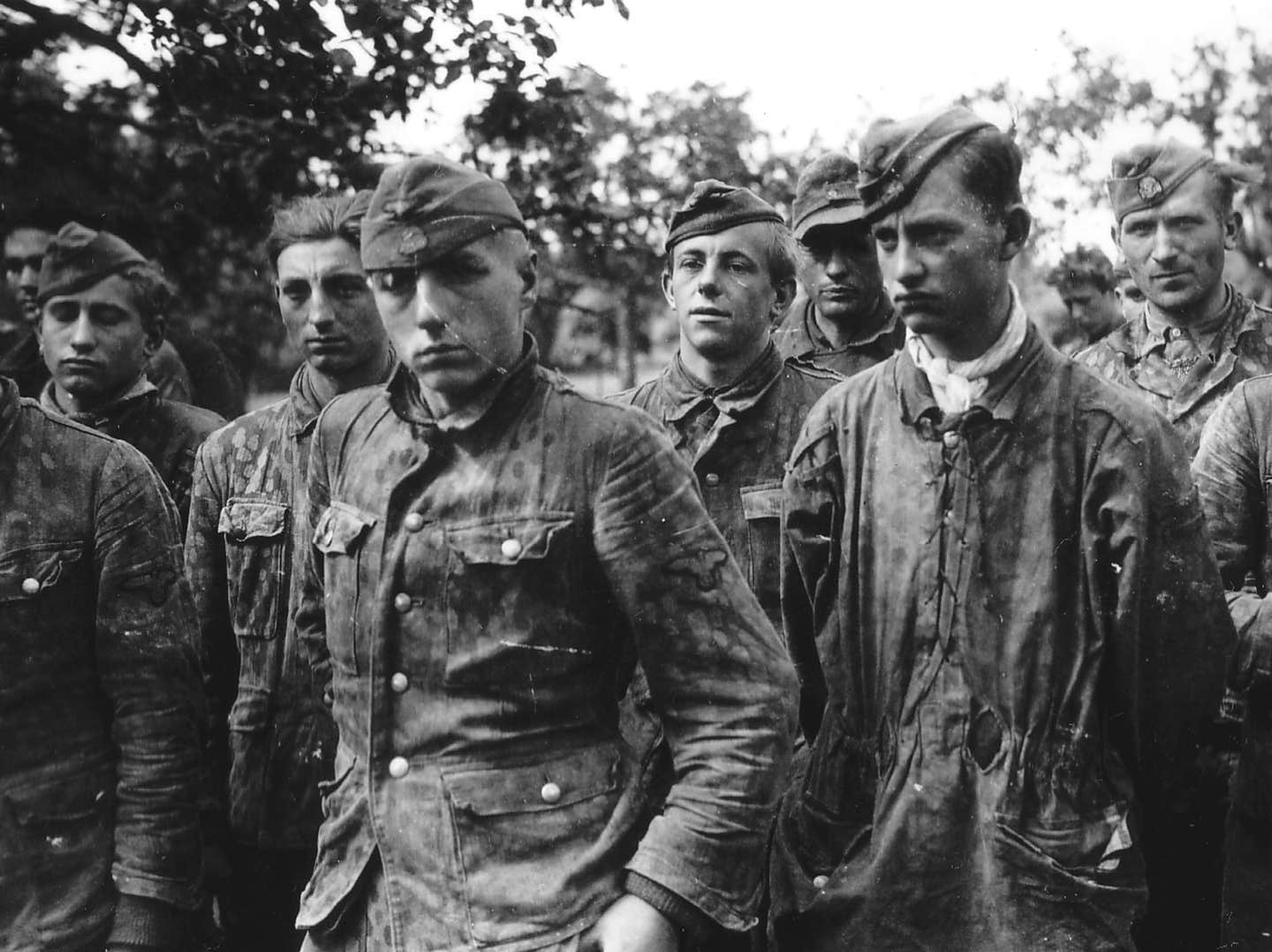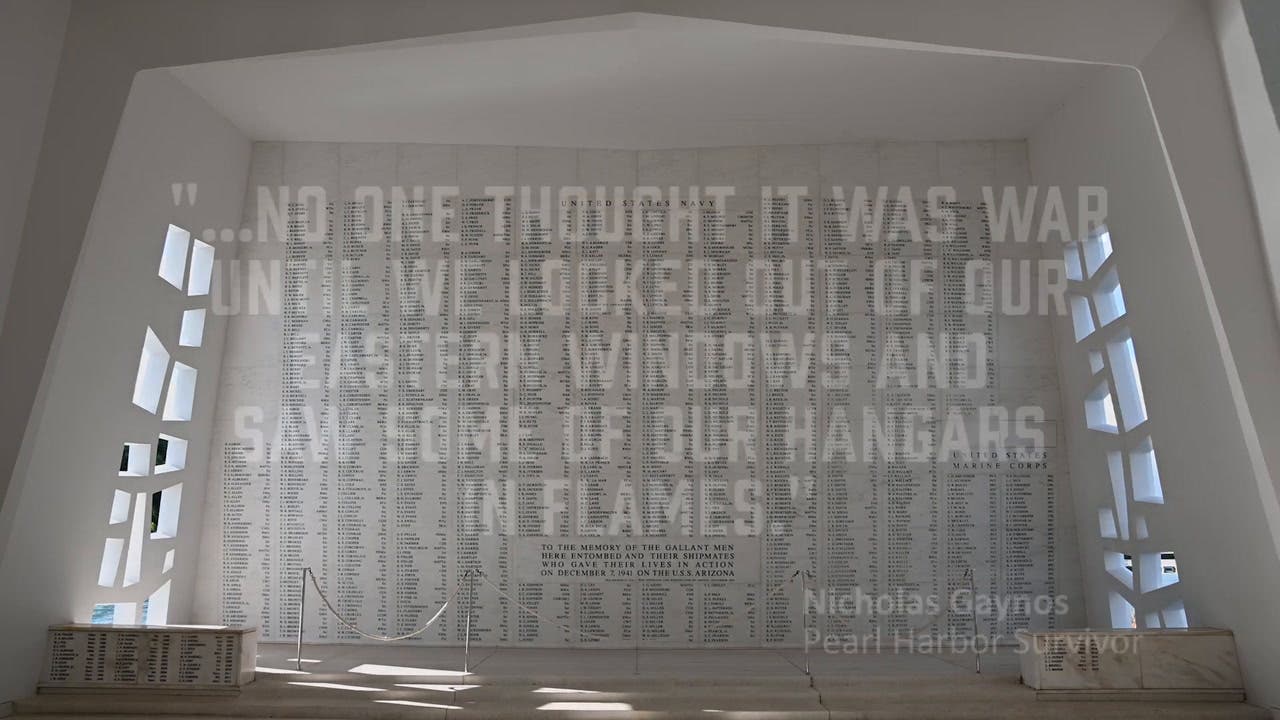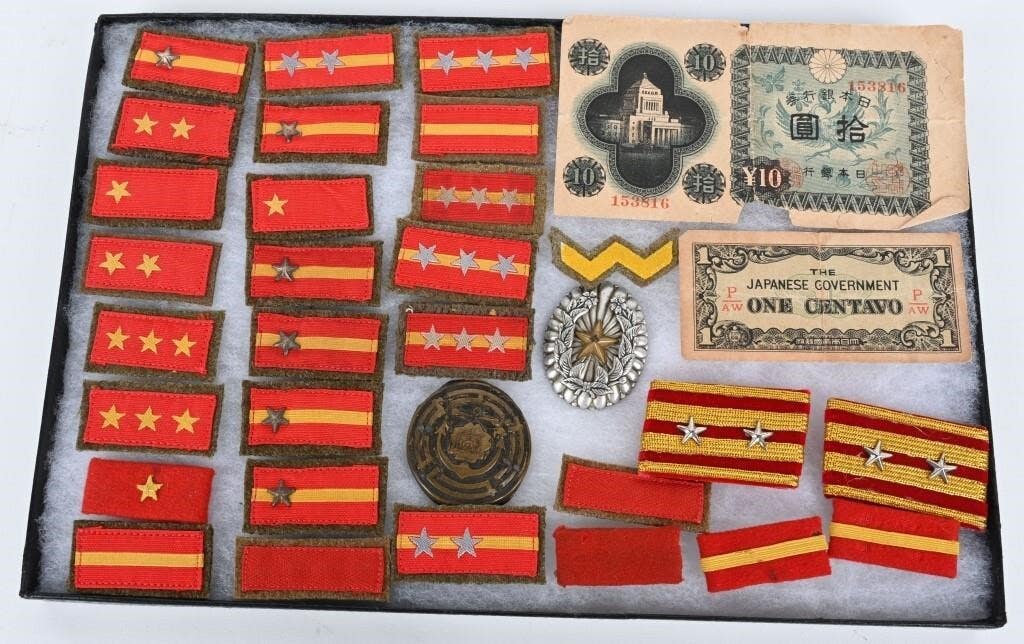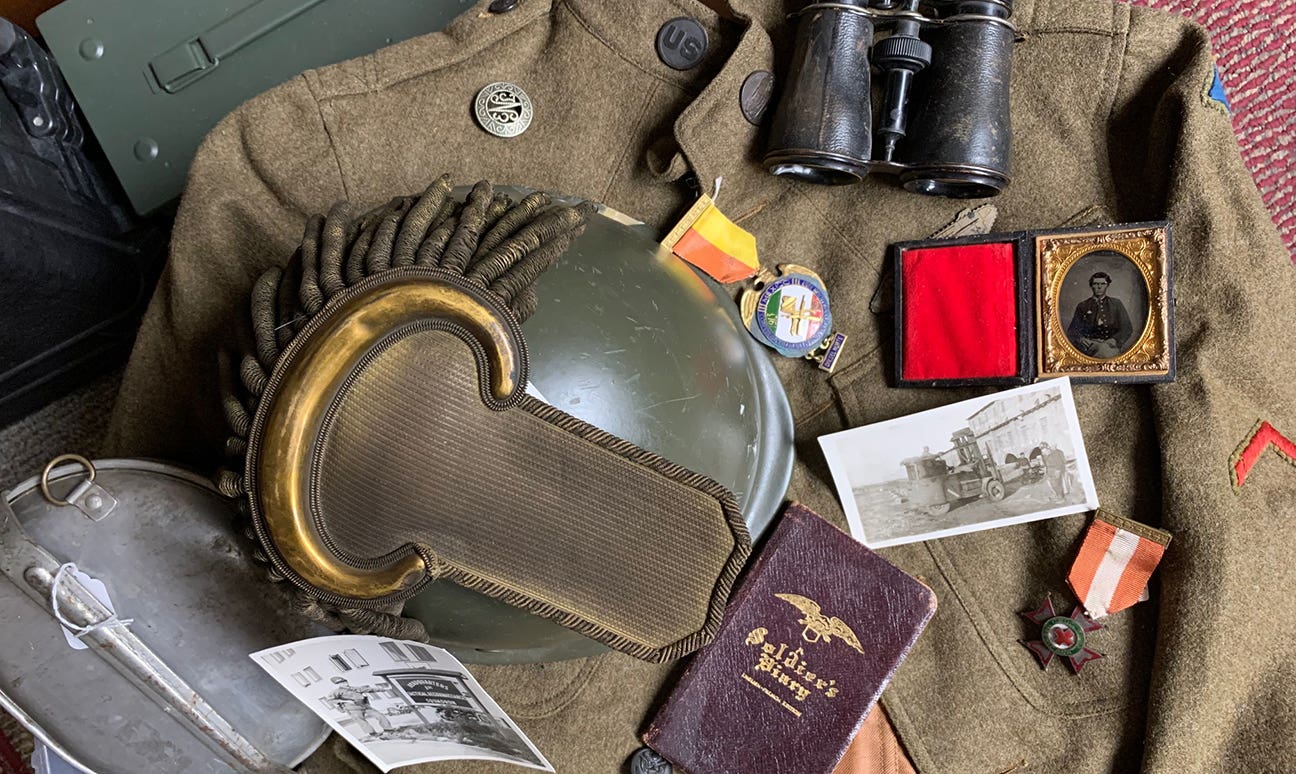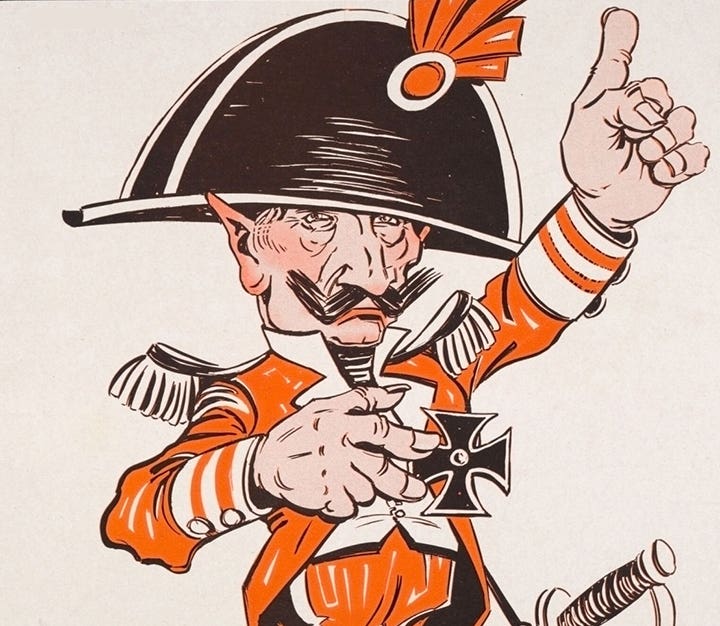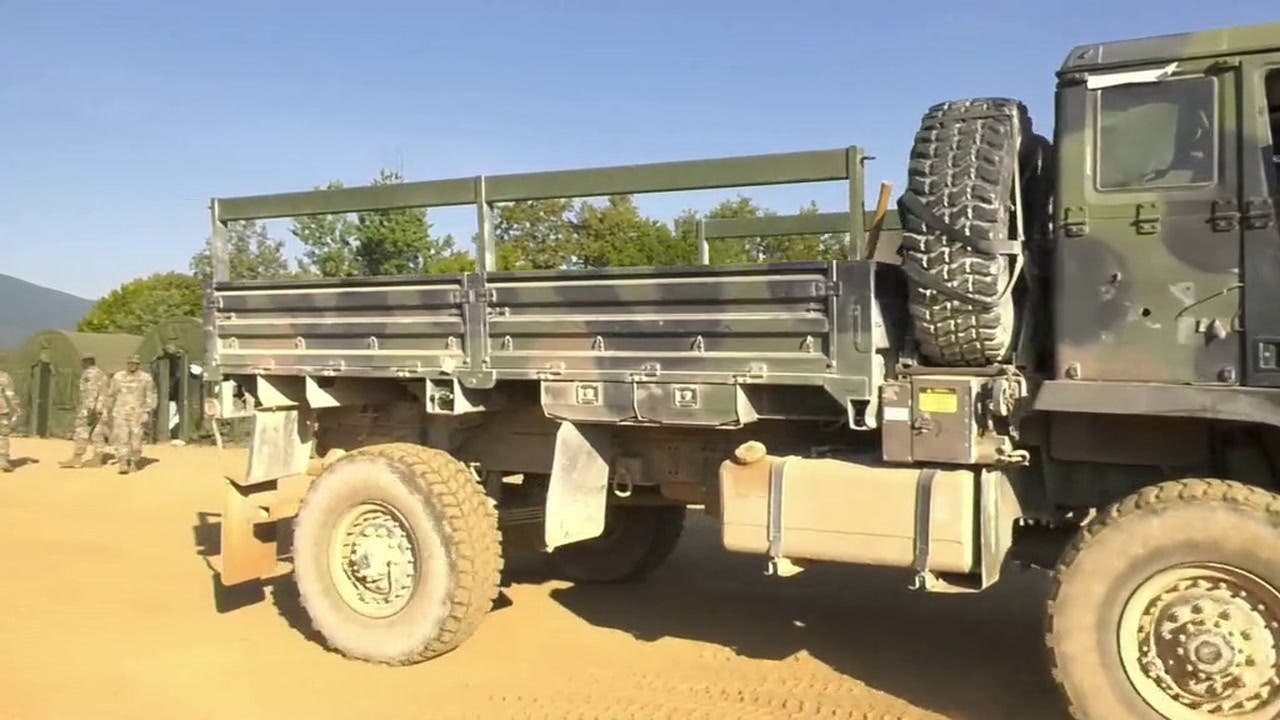Where Have all the Poppies Gone?
We wear poppies to remember. There was a time when the only “vendors” to ask for permission to stand outside a store or at a church’s exit were the folks…
We wear poppies to remember.
There was a time when the only “vendors” to ask for permission to stand outside a store or at a church’s exit were the folks who sold poppies (usually VFW, American Legion, or Auxiliaries from either group). Like the spring flowers the paper poppies imitate, they appeared in weeks leading up to Memorial Day.
When I go to the grocery store or big box department store today, however, I am accosted by school kids who want to “bag my groceries” for a donation to their extracurricular activities or Girl Scouts hawking their oh-so-delicious cookies (why don’t they go door to door like my sister and daughter did?). “Donate for a tootsie roll…” I don’t even know what that group supports!
These "social vendors" have become so commonplace at Wal-Mart, I try to find an entrance where there ISN’T someone asking me to donate to their cause. But where have the poppies gone? Were they squeezed out by all these other "causes?"
A POPPY IS … TO REMEMBER
Even though tens of thousands of British, French and Belgian soldiers had perished in the first year of WWI, it was after witnessing the death of just one soldier that inspired Canadian Lieutenant Colonel John McCrae to pen, “In Flanders Fields.”
In Flanders fields the poppies blow
Between the crosses, row on row,
That mark our place; and in the sky
The larks, still bravely singing, fly
Scarce heard amid the guns below.
We are the Dead. Short days ago
We lived, felt dawn, saw sunset glow, Loved and were loved, and now we lie,
In Flanders fields.
Take up our quarrel with the foe:
To you from failing hands we throw
The torch; be yours to hold it high.
If ye break faith with us who die
We shall not sleep, though poppies grow
In Flanders fields.
McCrae’s hastily scribbled those lines in his notebook the day after having witnessed the death of his dear 22-year-old friend, Lieutenant Alexis Helmer. Legend has it that McCrae didn’t care for his poem and ripped it from his notebook. A fellow officer, Francis Alexander Scrimger, rescued the poem and submitted it to Punch magazine, where it was published.
Mourning the loss of tens of thousands of its soldiers, the Canadian and British public quickly embraced the poem. The image of the poppies standing in a Belgian field was a fitting metaphor for the flower of the United Kingdom’s youth who stood shoulder to shoulder against German invaders. McCrae struck a chord in the collective souls of nations.
In 1918, University of Georgia Professor Moina Michael, who was inspired by the poem, published a poem of her own. “We Shall Keep the Faith” referenced McCrae’s poem in the opening lines:
“In Flanders fields the poppies blow
Between the crosses row on row…"
During WWI, Professor Michael had volunteered for war work with the YMCA. When she was called up for service with the Overseas YMCA War Workers in September 1918, she took a leave of absence from her position at the university and reported to the YMCA training headquarters at Columbia University, New York City.
After completing her training course, Michael's hopes of being sent abroad were dashed when she was barred from overseas service due to her age —she was 49. Dr. J W Gaines, president of the Overseas YMCA Secretaries, however, arranged for Michaels to stay with the organization by giving her a job at the training headquarters. She continued her work with the Overseas YMCA War Workers until January 1919.
The idea for the Flanders Fields Memorial Poppy came to Moina Michael while she was working at the YMCA Overseas War Secretaries' headquarters on Saturday morning, Nov. 9, 1918 (just two days before the Armistice). With everyone on duty elsewhere, Michaels found a few moments to read the November issue of the Ladies Home Journal. In it, she stumbled onto a vivid color page containing the poem, “We Shall Not Sleep” (the original title of McCrae’s poem). The last verse transfixed Michael: "To you from failing hands we throw the Torch; be yours to hold it high. If ye break faith with us who die, we shall not sleep, though poppies grow in Flanders Fields." At that moment, Michael vowed to always wear a red poppy as a symbol of remembrance for those who served in the war. She then penned her poem, “We Shall Keep the Faith” to confirm her commitment.
By March 1919, Michael was back at her teaching position at the University of Georgia. Witnessing thousands of ex-servicemen who were also returning to the United States, Michael realized there was a need to remember these returning soldiers in addition to those who had died in the service of their country.
Then, during the summer of 1919 when she taught a class of disabled servicemen, she had the idea to expand the wearing the poppy to include everyone in America who cared. She believed making artificial poppies and then selling them could assist all servicemen who needed help for themselves and for their dependents.
By September 1921, delegates at the Auxiliary to the American Legion Convention agreed with Michael’s idea. Under their direction, disabled American war veterans began to manufacture the poppies on a wide scale that would then be sold in the United States. The veterans would be generating much-needed income for themselves and their fellow veterans who had no other income. The American Legion Auxiliary adopted the poppy as the organization's memorial flower and pledged its use to benefit our servicemen and their families.
The Veterans of Foreign Wars of the United States was the first veteran organization to promote a nationally organized campaign for the annual distribution of poppies assembled by American disabled and needy veterans. In 1924, the VFW patented the name "Buddy Poppy" for their version of the artificial flower. All the money contributed by the public for Buddy Poppies is used in the cause of veteran’s welfare, or for the well being of their needy dependents and the orphans of veterans.
The American Legion brought National Poppy Day to the United States by asking Congress to designate the Friday before Memorial Day, as National Poppy Day. This year, National Poppy Day falls on May 25. On that day, the American Legion asks that we wear a red poppy to honor the fallen and support the living who have worn our nation's uniform. Our donations support the future of veterans, active-duty military personnel, and their families with medical and financial needs.
I WEAR MY POPPY PROUDLY
Since I was a little boy when my dad bought my first poppy from a VFW member standing outside of our local bank, I have worn one every year. It is as much a part of spring to me as trading snow shovels for lawnmowers.
I finally found this year's poppy outside a grocery store in Minocqua Wisconsin. Two gentlemen wearing VFW caps sold them from behind a card table. After I tucked a $5 bill into their coffee can, I twisted the metal wire stem around my jacket zipper pull. As I did, memories of veterans I have known flooded my mind…but the one that stood out was that of Dad buying me my first poppy some 50 years ago.
I wear my poppy to remember.
Preserve the Memories,
John Adams-Graf
Editor, Military Trader and Military Vehicles Magazine
John Adams-Graf ("JAG" to most) is the editor of Military Trader and Military Vehicles Magazine. He has been a military collector for his entire life. The son of a WWII veteran, his writings carry many lessons from the Greatest Generation. JAG has authored several books, including multiple editions of Warman's WWII Collectibles, Civil War Collectibles, and the Standard Catalog of Civil War Firearms. He is a passionate shooter, wood-splitter, kayaker, and WWI AEF Tank Corps collector.



